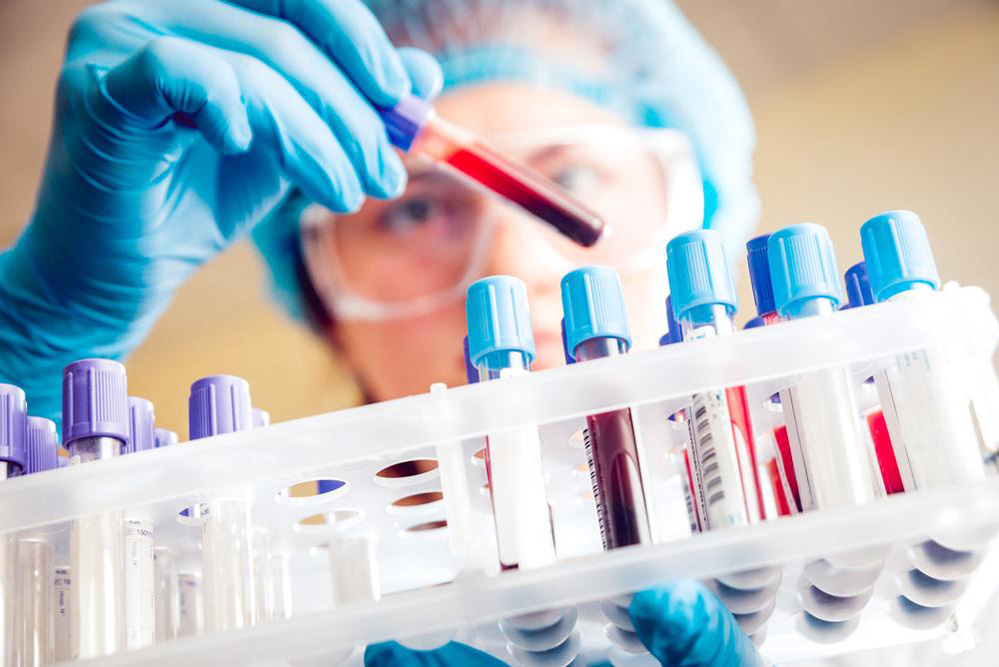Comprehensive Approaches to Managing Atrial Fibrillation Complications
This article explores various treatment options for atrial fibrillation, including medications, procedures like cardioversion and ablation, and surgical interventions such as the Maze procedure. It emphasizes the importance of medical guidance and lifestyle changes in managing AFib and preventing complications like stroke and heart failure.

Various Strategies for Addressing Atrial Fibrillation-Related Issues
Atrial fibrillation (AFib) is the most prevalent serious heart rhythm disorder. It occurs due to abnormal electrical activity in the heart, causing the atria to quiver chaotically, leading to an irregular and rapid heartbeat.
While some with AFib experience no symptoms, the condition can cause severe complications. Irregular contractions can lead to blood pooling and clot formation, increasing the risk of stroke. Those affected have a fivefold higher chance of experiencing a stroke compared to individuals without AFib.
AFib can exacerbate cardiac issues and lead to heart failure.
Luckily, a range of treatments such as surgeries, medications, and other medical interventions are available. Adopting lifestyle modifications can also support management of this condition.
Below are the primary methods to treat AFib:
Objectives of Treatment
Your healthcare provider will develop a tailored treatment plan focused on three main goals:
Restoring a normal heart rate
Preventing blood clot formation
Re-establishing normal heart rhythm
These goals are typically achieved through medications; however, if drugs are ineffective, surgical or procedural options may be considered.
Anticoagulant Medications
Stroke prevention is crucial in AFib management. Certain drugs are prescribed to reduce blood clot risk, including:
Rivaroxaban
Warfarin
Edoxaban
Apixaban
Dabigatran
Regular blood tests are essential to monitor medication effectiveness and safety.
Medications to Control Heart Rate
Slowing the heart rate is another vital aspect. Doctors may prescribe:
Calcium channel blockers like verapamil and diltiazem
Beta blockers such as propranolol, carvedilol, and atenolol
Digoxin
Medications to Restore Heart Rhythm
To regain normal sinus rhythm, certain drugs are used to modify electrical signals in the heart, including:
Potassium channel blockers like amiodarone
Sodium channel blockers such as quinidine and flecainide
If medications are insufficient or cause adverse effects, procedures like electrical cardioversion may be performed. This painless procedure delivers an electrical shock to reset the heart rhythm, but it doesn't provide a permanent solution, often necessitating ongoing medication.
Catheter Ablation
If drugs don't sufficiently control AFib, catheter ablation might be considered. A thin catheter is inserted into a blood vessel to reach the heart, where radiofrequency energy destroys abnormal tissue generating irregular signals. This allows the heart's normal electrical pattern to re-establish sinus rhythm.
Pacemaker Implantation
A pacemaker, a small electronic device surgically placed in the chest, helps regulate heartbeat in cases where medications aren't effective, especially for patients with AFib and a slow heart rate. It's typically a last resort after other options have failed due to the inherent surgical risks.
The Maze Procedure
This surgical option involves open-heart surgery to create scar tissue in the atria, blocking abnormal electrical pathways. Usually performed if other treatments aren't successful or if combined with other heart surgeries, it can significantly reduce AFib episodes, often eliminating the need for antiarrhythmic drugs.
Adherence to medical advice is essential for effective management. If unsure about recommended treatments, seeking a second opinion is advisable. Self-medicating or changing treatment plans without professional guidance is strongly discouraged.










